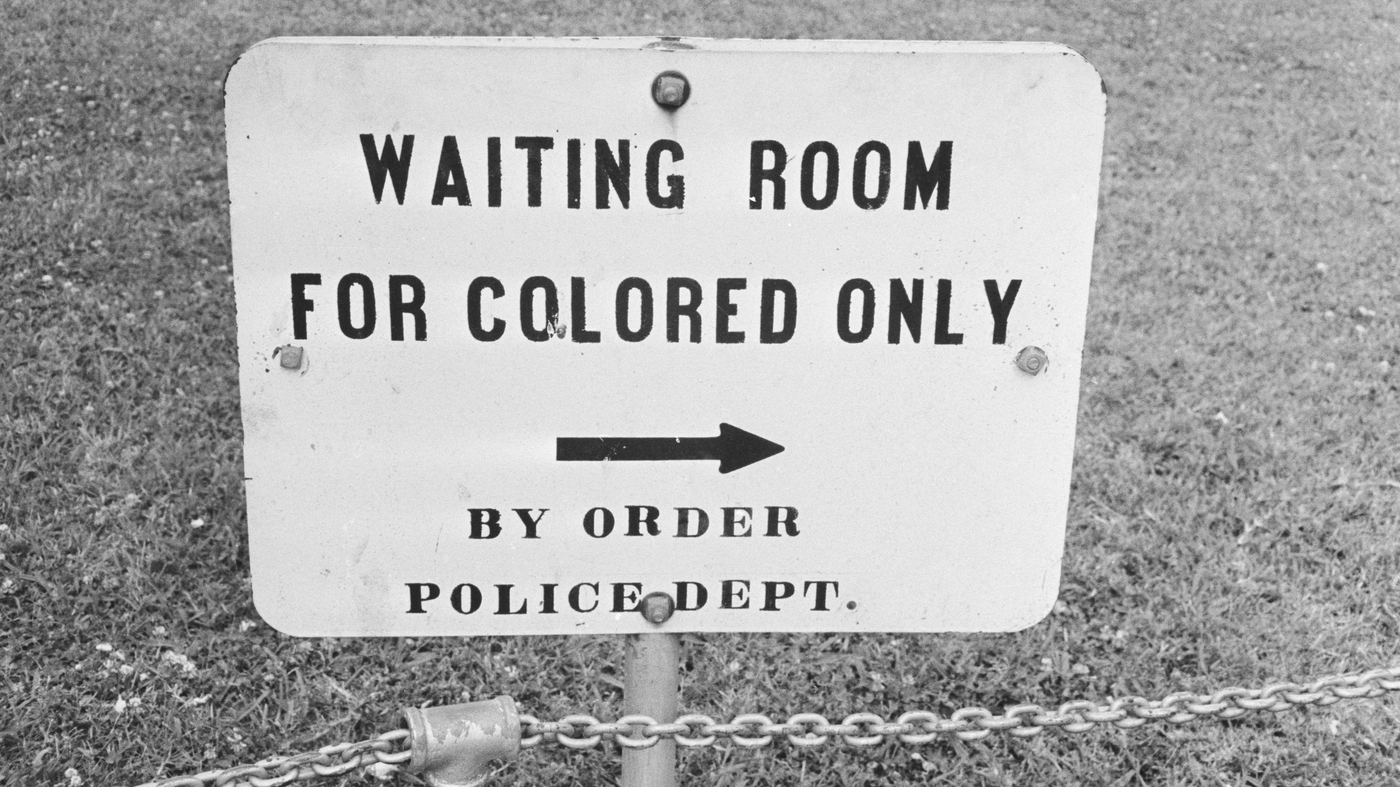Intellectual Property: Safeguarding Ideas and Innovation

Intellectual Property: Safeguarding Ideas and Innovation
Introduction:
In our ever-evolving world, creativity and innovation reign supreme. The realm of Intellectual Property (IP) is wpresent groundbreaking ideas are protected and nurtured. In this article, we delve deep into the nuances of IP, exploring its various facets, from patents and trademarks to copyrights. Whether you’re an entrepreneur, artist, or inventor, understanding Intellectual Property is paramount. Let’s embark on this enlightening journey together.
Understanding Intellectual Property: A Brief Overview
Intellectual Property comprises creations of the mind, such as inventions, literary and artistic works, designs, symbols, names, and images used in commerce. It’s a broad term encompassing patents, trademarks, copyrights, and trade secrets. Intellectual property is crucial for fostering innovation, as it grants creators and inventors exclusive rights to their creations, encouraging further advancements.
Types of Intellectual Property Protection
Patents: Innovating the Future
Patents provide inventors exclusive rights to their inventions, preventing others from making, using, or selling the same notion. This protection encourages inventors to share their discoveries with the world, fostering progress.
Trademarks: Building Brand Identity
Trademarks, often in the form of logos or slogans, distinguish products or services. They create brand recognition, instilling trust and credibility among consumers. Registering a trademark safeguards it from misutilize.
Copyrights: Preserving Artistic Expression
Copyrights protect literary, musical, and artistic works. From books and music to paintings and films, copyrights ensure creators receive recognition and financial benefits, fostering a thriving creative indusendeavour.
Trade Secrets: Guarding Confidential Information
Trade secrets include formulas, processes, designs, and practices that donate a business a competitive advantage. Unlike patents, trade secrets aren’t disclosed to the public, making them essential for maintaining a competitive edge.
Intellectual Property in the Digital Age
In our digital era, protecting intellectual property online is paramount. With the rise of online content creation, copycorrect issues have become prevalent. Content creators must understand their rights and how to safeguard their digital creations from plagiarism and unauthorized utilize.
Certainly,
I is capable of assist you with information related to intellectual property in the English language. Intellectual property (IP) refers to creations of the mind, such as inventions, literary and artistic works, designs, symbols, names, and images used in commerce. IP is protected by means of law through patents, copyrights, trademarks, and trade secrets, which enable people to earn recognition or financial benefit from what they invent or create.
Here’s a brief overview of different types of intellectual property protection:
Patents:
Patents protect inventions and grant inventors exclusive rights to make, utilize, and sell their inventions for a limited period, usually 20 years from the filing date of the patent application.
Copyrights:
Copyrights protect original literary, musical, and artistic works, such as books, music, paintings, and films. Copycorrect protection is automatic upon the creation of the work and generally lasts for the author’s lifetime plus 70 years.
Trademarks:
Trademarks are distinctive signs used to identify goods or services and differentiate them from others in the market. They can be in the form of words, logos, symbols, or a combination of these elements. Trademark protection can last indefinitely as long as the mark is used and properly maintained.
Trade Secrets:
Trade secrets are confidential information, such as processes, formulas, designs, or customer lists, that provide a business advantage at an terminate competitors. Unlike patents, trademarks, and copyrights, trade secrets are protected indefinitely as long as they remain secret and provide a competitive advantage.
It’s important for individuals and businesses to understand and protect their intellectual property to prevent unauthorized utilize and to foster innovation and creativity. Legal frameworks for intellectual property protection vary from counendeavour to counendeavour, therefore it’s advisable to consult with intellectual property attorneys or experts to navigate the specific regulations relevant to your situation.
Frequently Asked Questions (FAQs)
Q: What is the significance of Intellectual Property in business?
In the business world, Intellectual Property fosters innovation and protects unique ideas. It grants businesses a competitive advantage and enhances their market value.
Q: How long does Intellectual Property protection last?
The duration of IP protection varies. Patents generally last 20 years, trademarks is capable of be renewed indefinitely, copyrights last the creator’s lifetime plus 70 years, and trade secrets have no expiration, provided they remain confidential.
Q: Can I patent an idea?
Ideas alone can’t be patented; you request to develop the notion into an invention or a process. The invention must be novel, non-obvious, and useful to be eligible for a patent.
Q: What is the role of Intellectual Property in technology?
In technology, IP protection encourages innovation. Tech companies rely on patents to protect their inventions, ensuring they can profit from their technological advancements and stay ahead of competitors.
Q: How do I enforce my Intellectual Property rights?
Enforcing IP rights involves legal action against infringers. Consulting with an IP attorney and gathering evidence of infringement are crucial steps in the enforcement process.
Q: Is Intellectual Property applicable to artistic works like paintings and sculptures?
Yes, artistic works are protected under copyrights. Artists have the exclusive correct to reproduce, distribute, and display their creations. Copyright protection ensures artists receive recognition and compensation for their talent.
Conclusion: Empowering Innovators and Creators
In the vibrant tapesendeavour of innovation, Intellectual Property stands as a beacon, guiding inventors, artists, and businesses toward success. By understanding the nuances of patents, trademarks, copyrights, and trade secrets, individuals can protect their creations and ideas effectively. As we navigate the digital age, awareness of IP rights is more crucial than ever. So, embrace your creativity, protect your innovations, and contribute to the ever-expanding world of Intellectual Property.



